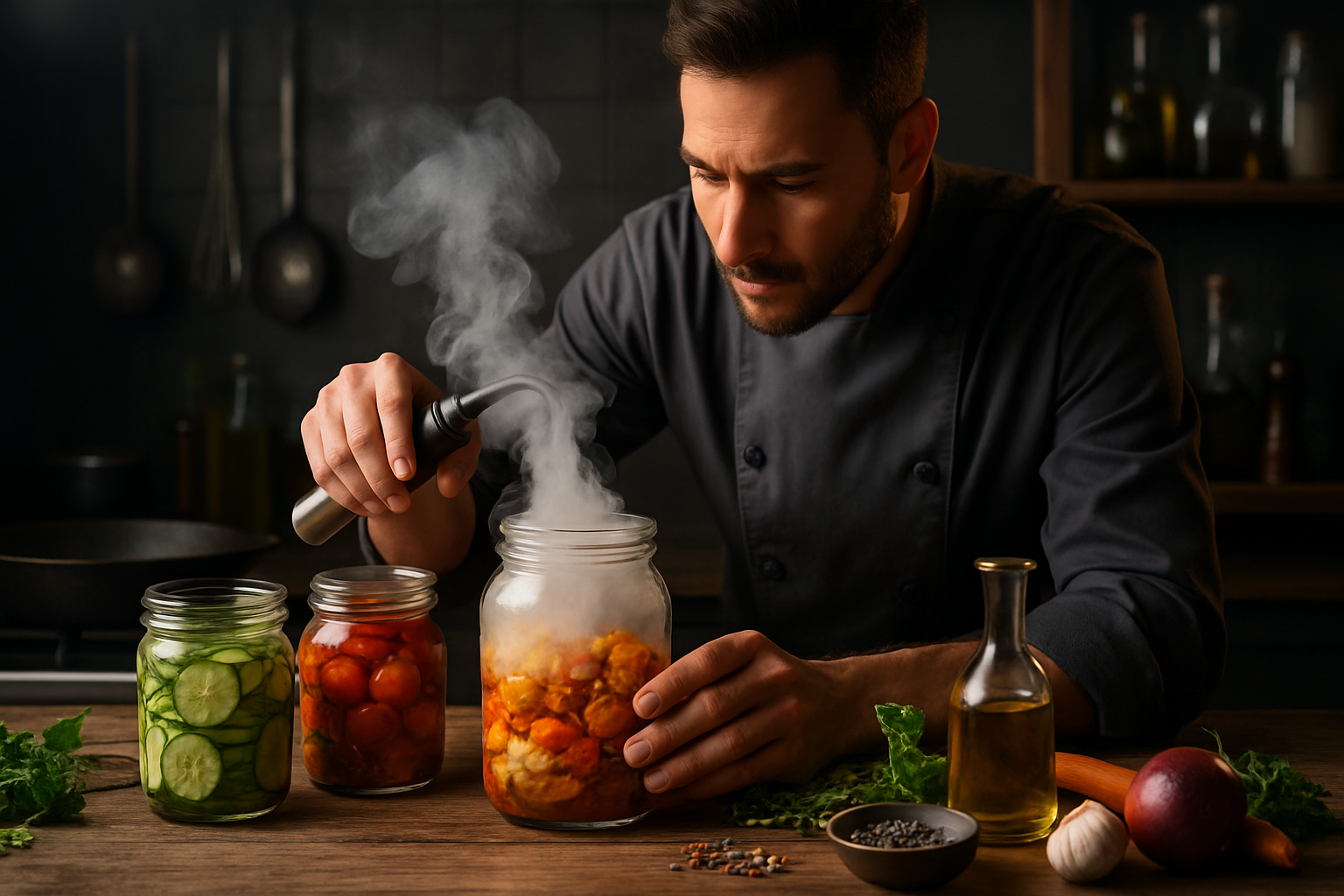Seasonal ingredient pairing guide for home cooks
A practical guide for home cooks to pair seasonal produce and pantry staples. Learn how simple culinary choices across cuisine styles, desserts, mixology, and mealprep can improve flavor, reduce waste, and support farmtotable practices throughout the year.

Seasonal ingredient pairing helps home cooks make the most of fresh produce and preserved goods while enhancing flavor and sustainability. Rather than following rigid rules, think in terms of complementary textures, shared aromatics, and cooking techniques that amplify natural notes. This guide walks through cuisine-informed pairings, culinary techniques, pastry and dessert combinations, mixology touches, and preservation strategies that fit both weeknight mealprep and special dining.
How to pair ingredients by cuisine
Different cuisine traditions offer reliable flavor maps you can adapt to seasonal ingredients. For example, Mediterranean cuisine pairs olives, citrus, and tomatoes with herbs like oregano and basil; leaning on those associations helps when tomatoes are at peak ripeness. Asian cuisines often balance umami, acid, salt, and sweetness—pairing soy, ginger, and sesame with late-summer vegetables creates that familiar profile. Use cuisine as a shorthand: identify a regional backbone and substitute seasonal ingredients that fit the same textural or flavor role in recipes.
What culinary techniques enhance flavor
Technique often matters more than ingredient rarity. Roasting concentrates sweetness in root vegetables and stone fruit, while quick sautéing preserves brightness in leafy greens. Techniques such as caramelizing onions or reducing fruit juices build layered flavor without extra seasoning. Fermentation and preservation methods—like quick pickles or lacto-fermented vegetables—introduce tang and depth that can elevate simple dishes. Understanding how heat, acid, and time change ingredients allows you to pair items that react well together under the same treatment.
Mealprep, preservation, and fermentation tips
Planning for mealprep means choosing ingredients that hold up over time and can be transformed across meals. Cooked grains, roasted vegetables, and preserved tomatoes or ferments add versatility across bowls, salads, and soups. Fermentation boosts umami and acidity, making pickles or krauts effective partners for rich proteins. Preservation methods—freezing, canning, curing—extend seasonal abundance and provide consistent flavor anchors for winter cooking. Label jars with dates and rotate preserved items to keep mealprep efficient and flavorful.
Pairing for pastry and desserts
Pastry and desserts benefit from clear contrast and balance: fat versus acid, sweetness versus bitterness, and texture variety. Seasonal fruits like stone fruit, apples, or berries pair well with dairy, nuts, or a hint of citrus zest. Think beyond sugar: a sprinkle of sea salt, a tart compote, or a nutty crumble can forward complex flavor. Use fermentation-derived ingredients—yogurt, cultured butter, or miso—for baked goods to introduce depth without overpowering delicate pastry or desserts.
Mixology and beverage pairing ideas
Beverage pairing follows similar principles to food pairing: match intensity and consider complementary aromatics. Seasonal syrups, shrubs, and simple infusions provide fresh fruit character to cocktails; a blackberry shrub or apple cider reduction can echo dessert notes. Herbal garnishes and bitters link drink flavor to the plate—rosemary or basil pairs well with citrus-forward courses, while cinnamon or clove suits autumnal desserts. Nonalcoholic options using preserved syrups and fermented kombucha offer layered flavor for inclusive dining.
Sustainability and farmtotable pairing choices
Selecting seasonal ingredients supports farmtotable practices and reduces the environmental cost of out-of-season shipping. Prioritize local produce when possible and design menus that use whole ingredients—stems, peels, and roots—to minimize waste. Pairings that incorporate preserved or fermented items help bridge seasons while keeping meals interesting. Thoughtful sourcing and simple substitutions maintain flavor integrity and align dining choices with sustainability goals.
Seasonal pairing is a practice that grows with experimentation. Start by identifying a cuisine or flavor profile, choose seasonal ingredients that fit those roles, and apply suitable culinary techniques or preservation methods. Over time you’ll build a personal library of go-to combinations—from pantry-friendly ferments to dessert pairings and mixology accents—that make everyday cooking more flavorful, economical, and aligned with farmtotable principles.





